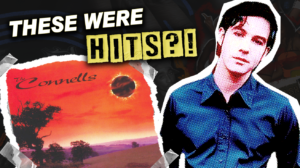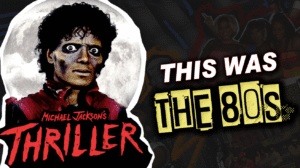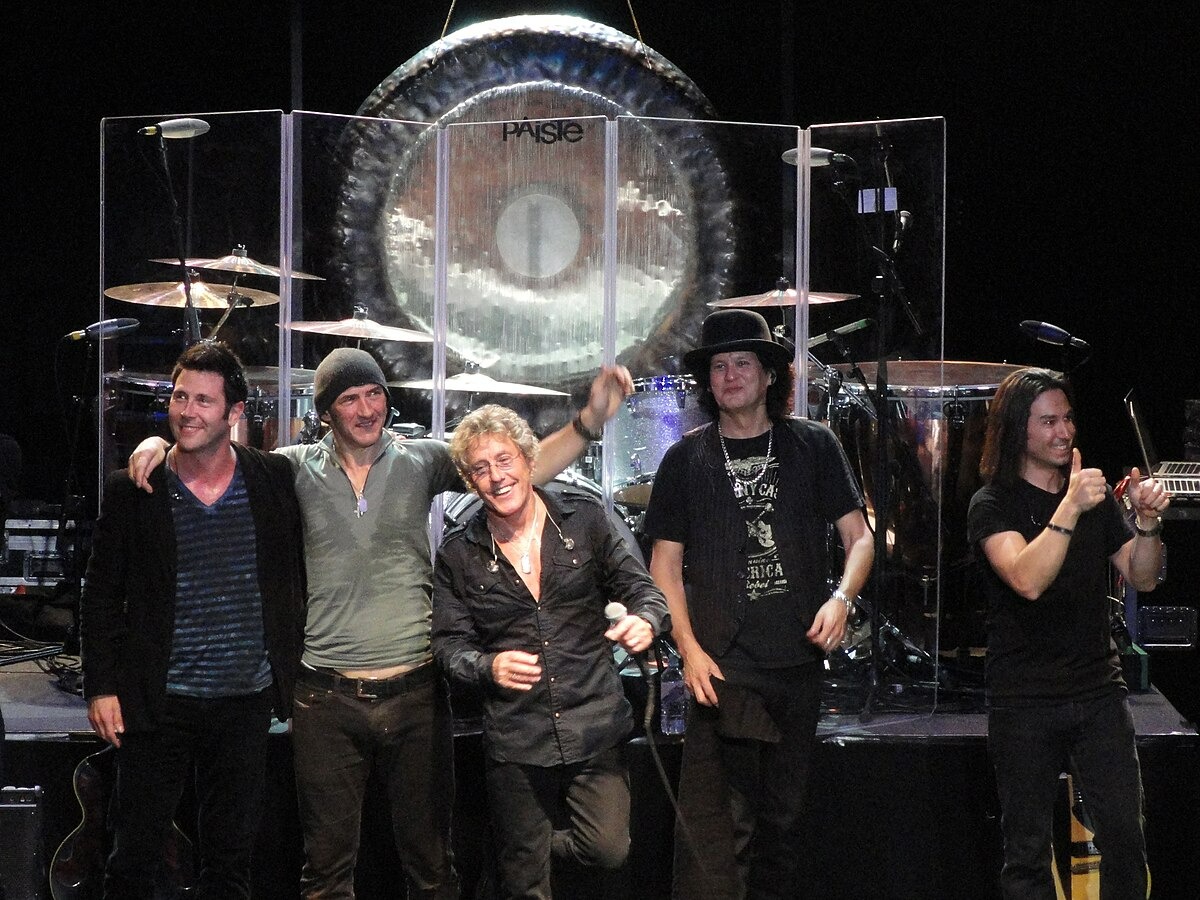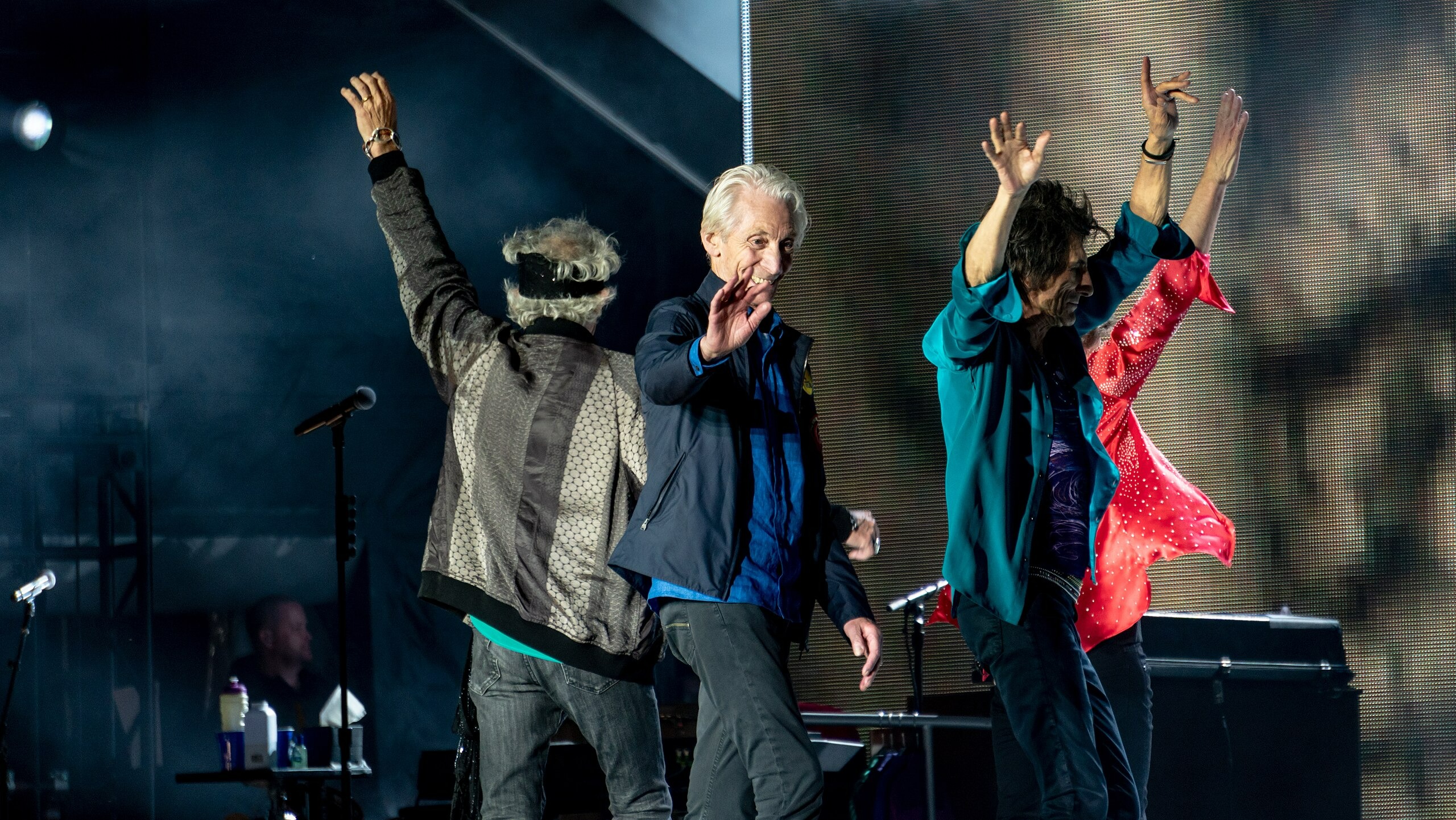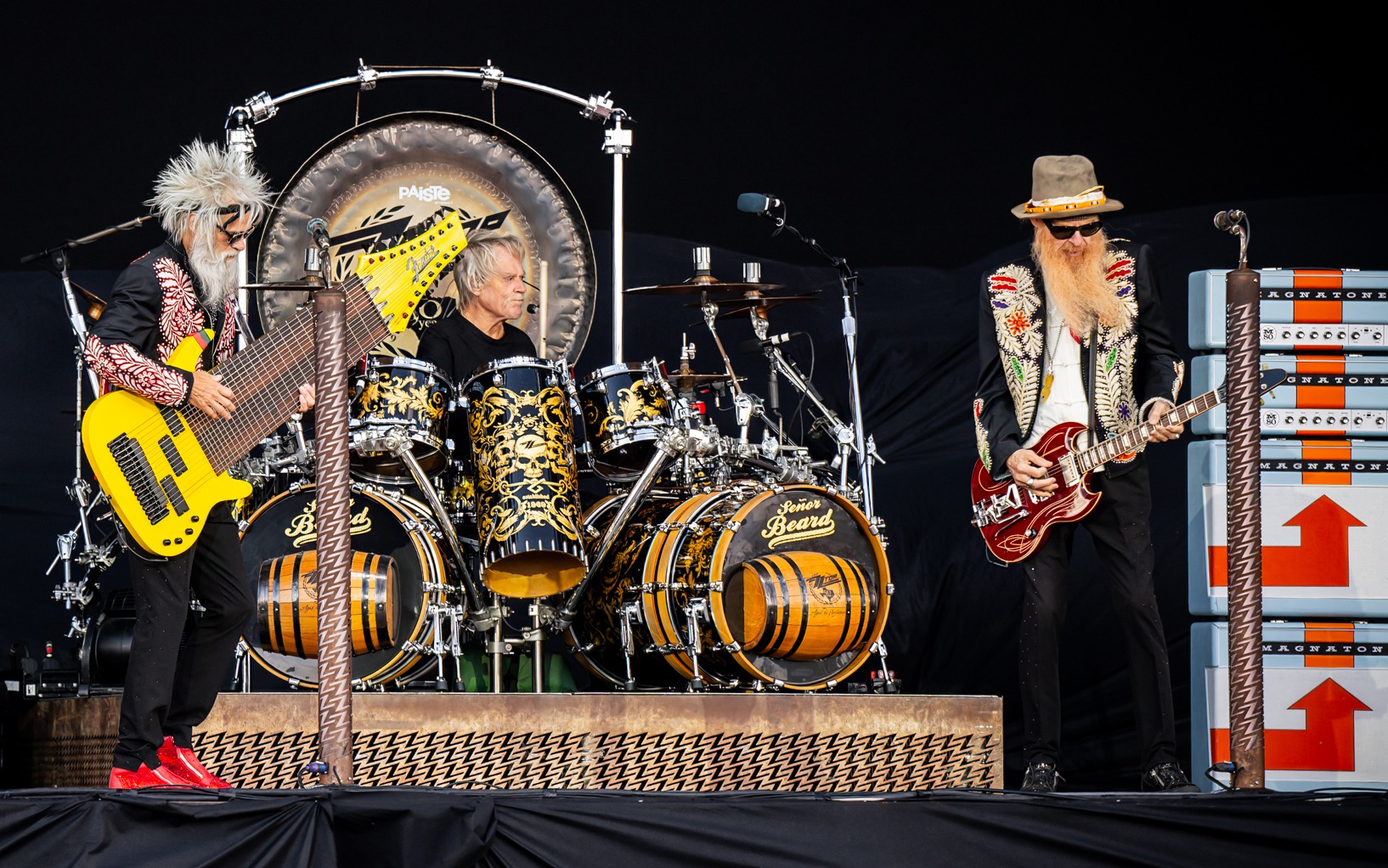
The 1980s didn’t just give us shoulder pads and neon – it rewired how music moves through your soul. These tracks survived the test of time not because some algorithm decided they were “classic,” but because they captured lightning in a bottle when synthesizers met raw emotion. From the dying gasps of disco to the birth of MTV culture, each song earned its place by refusing to be forgotten.
21. Take On Me – a-ha (1985)
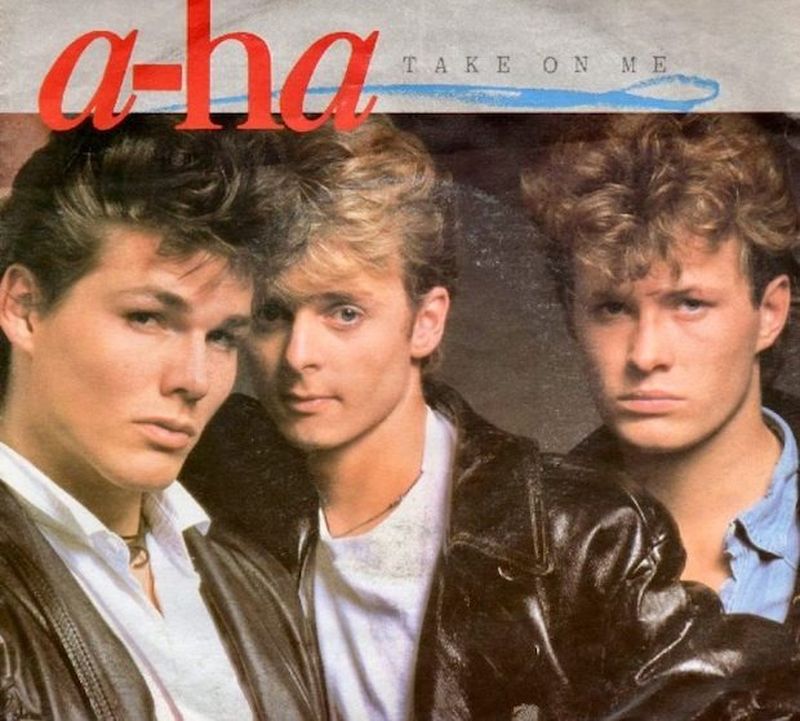
a-ha created a song that sounds like falling through dimensions using a Jupiter-8 synthesizer and Morten Harket’s impossible vocal range. That groundbreaking rotoscoped video utilized cutting-edge Quantel Paintbox technology, creating visual effects that influenced everything from Janet Jackson’s “Rhythm Nation” to modern music television.
“Take On Me“s success proved that European synth-pop could conquer American audiences when the production was innovative enough. Those signature synth arpeggios and vocal gymnastics established the template for countless ’90s Eurodance hits.
20. Super Freak – Rick James (1981)
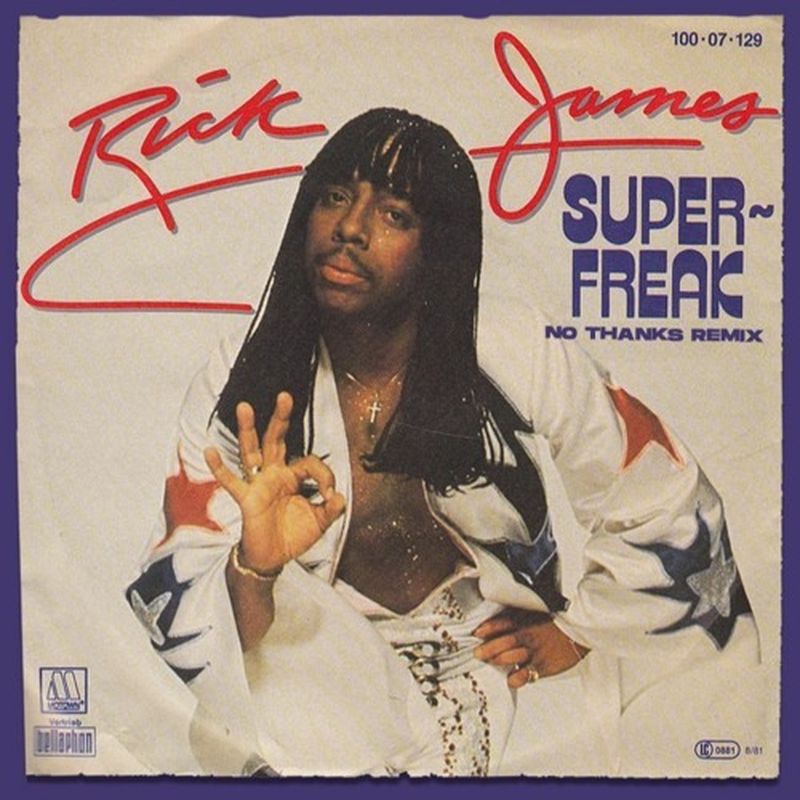
Rick James didn’t just make funk music – he made funk that refused to stay in its lane. “Super Freak” grabbed elements from rock, pop, and pure audacity, built around a Moog bass line that became hip-hop’s most valuable sample when MC Hammer flipped it for “U Can’t Touch This.”
The track’s boundary-pushing lyrics matched its genre-blending production. James used an Oberheim OB-X and LinnDrum programming that would later influence Prince’s “1999” sessions and the entire Minneapolis funk revolution.
19. Every Breath You Take – The Police (1983)

With “Every Breath You Take“, The Police created the most beautiful stalker song in pop history using Andy Summers’ chorus-drenched Telecaster and Stewart Copeland’s precise hi-hat work. Hugh Padgham’s production utilized the legendary SSL console at AIR Studios, creating that distinctive gated drum sound that influenced Phil Collins, Genesis, and countless ’80s productions.
This Grammy-winning masterpiece proves that the best songs often hide dark truths beneath pretty surfaces. The track’s deceptively simple arrangement became a masterclass in space and dynamics that producers still study today.
18. Like a Virgin – Madonna (1984)
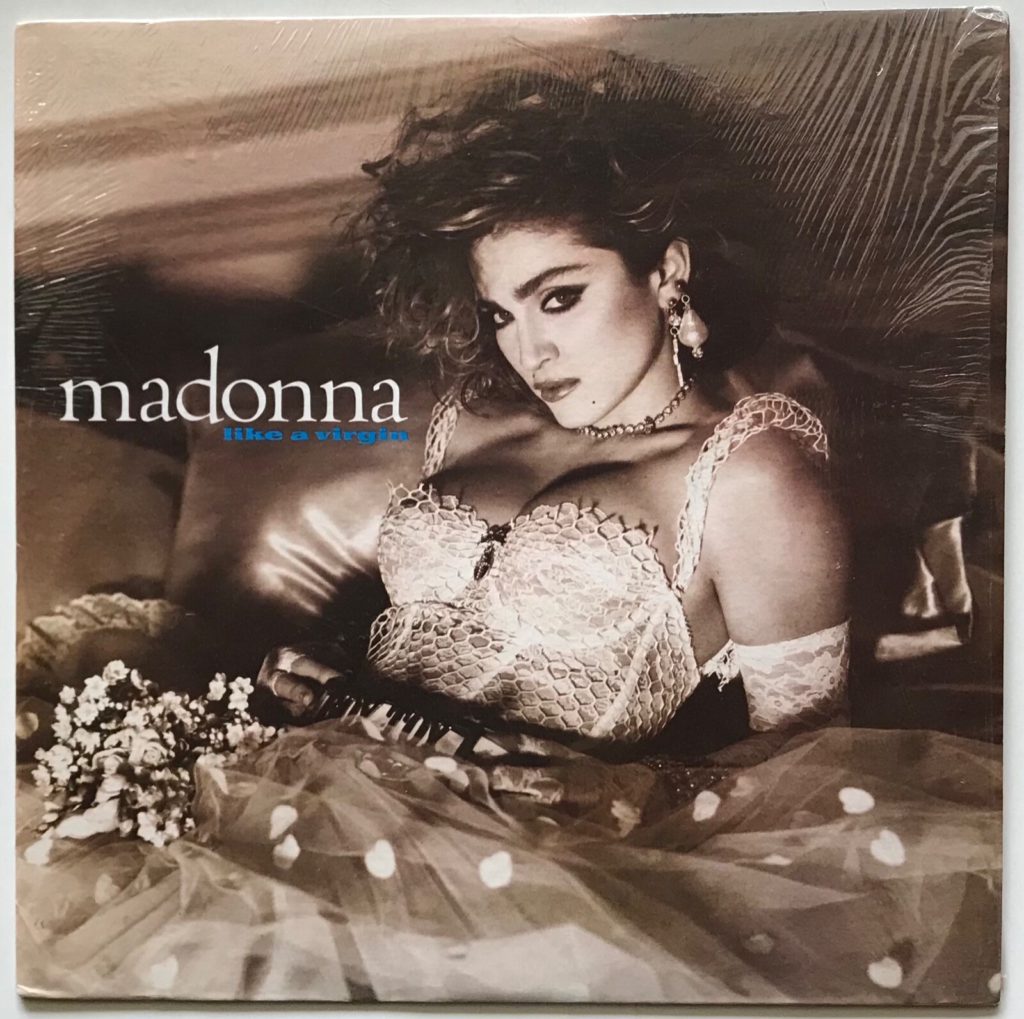
With “Like a Virgin“, Madonna didn’t just release a song – she detonated a cultural conversation using Nile Rodgers’ Stratocaster and state-of-the-art sampling technology. Producer Rodgers layered Synclavier and LinnDrum patterns that would directly influence Janet Jackson’s “Control” album and establish the sonic template for dance-pop dominance.
That 1984 VMAs performance became the moment pop culture realized it was witnessing a paradigm shift. Madonna proved that provocative content and undeniable production innovation could coexist, changing the rules for every pop star who followed.
17. Wake Me Up Before You Go-Go – Wham! (1984)

George Michael wrote pure joy in 4/4 time. This Motown-inspired rhythm section carries more infectious energy than most bands manage in entire albums. “Wake Me Up Before You Go-Go” doesn’t just make you happy – it makes happiness feel mandatory.
Wham!’s performance captures the exact moment when pop music remembered that fun was the point. The handclaps, the harmonies, the irresistible groove – everything works together to create instant mood elevation that still works decades later.
16. Never Gonna Give You Up – Rick Astley (1987)
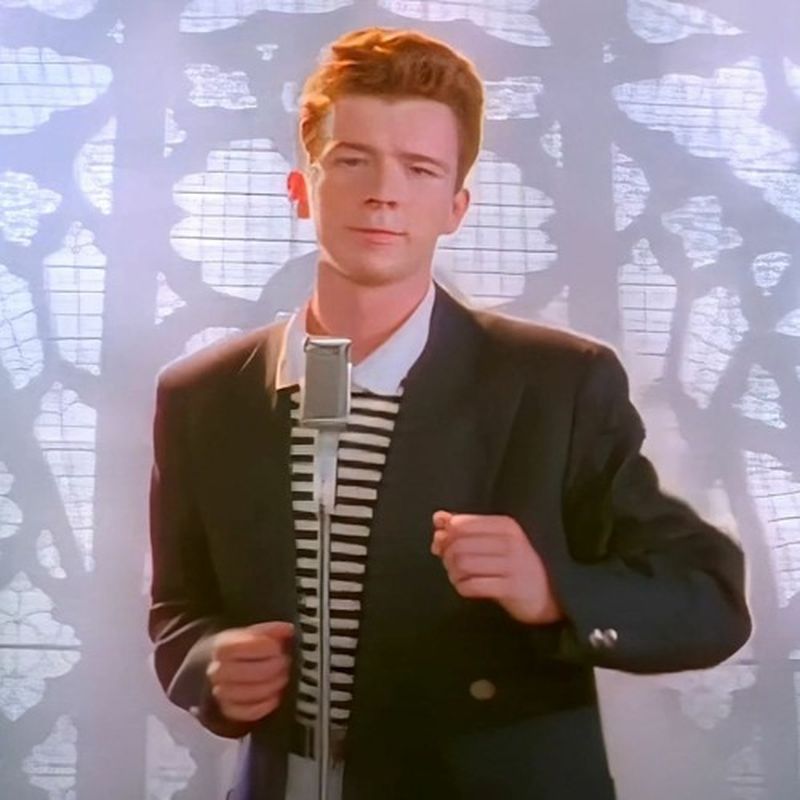
Rick Astley’s “Never Gonna Give You Up” became the decade’s perfect time capsule thanks to Stock Aitken Waterman’s Fairlight CMI programming and PWL Studios’ signature gated reverb techniques. The production represents late-’80s Hi-NRG at its most polished, influencing everything from Kylie Minogue’s early hits to modern dance-pop.
“Rickrolling” gave this track a second life that demonstrated how perfectly crafted pop songs can survive any amount of ironic appreciation. The Linn 9000 drum programming and DX7 bass patches created a template that still powers contemporary pop production. Songs like “Take On Me” and “Never Gonna Give You Up” didn’t just define artists—they became enduring one-hit wonders of the decade, proving a single great song could leave a lasting cultural mark.
15. Who Can It Be Now? – Men at Work (1981)

That saxophone riff alone could carry this song to immortality. With “Who Can it Be Now“, Men at Work created paranoia you could dance to, wrapping themes of isolation in such an infectious package that listeners forgot to feel lonely.
The Australian new wave invasion needed an ambassador, and this track’s quirky charm filled that role perfectly. Colin Hay’s vocals and that unforgettable sax line made anxiety sound like fun – a very ’80s achievement.
14. I Want to Know What Love Is – Foreigner (1984)

Foreigner’s “I Want To Know What Love Is” took vulnerability and made it stadium-sized. Lou Gramm’s vocals soar over orchestral production that builds like the best film scores, while the New Jersey Mass Choir adds gospel-tinged transcendence to rock radio.
This power ballad template influenced countless imitators, but none captured the original’s combination of emotional honesty and sonic grandeur. The song’s longing feels both personal and universal – exactly what great ballads should achieve.
13. The Winner Takes It All – ABBA (1980)
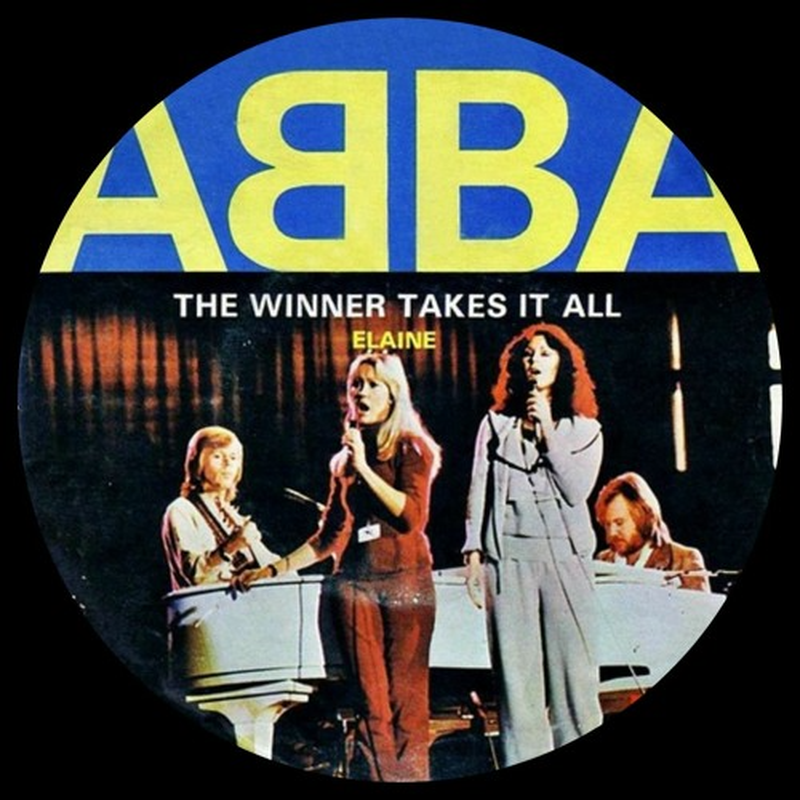
When heartbreak gets this good at melody, you almost want to thank the relationship that inspired it. Agnetha Fältskog’s vocals turn personal devastation into universal catharsis, proving that sometimes the most beautiful songs come from the ugliest emotions.
ABBA’s “The Winner Takes All” transformed a painful divorce into their most emotionally honest moment. The piano-led arrangement strips away their usual disco flourishes, leaving nothing but raw feeling and one of the greatest vocal performances in pop history.
12. Tainted Love – Soft Cell (1981)
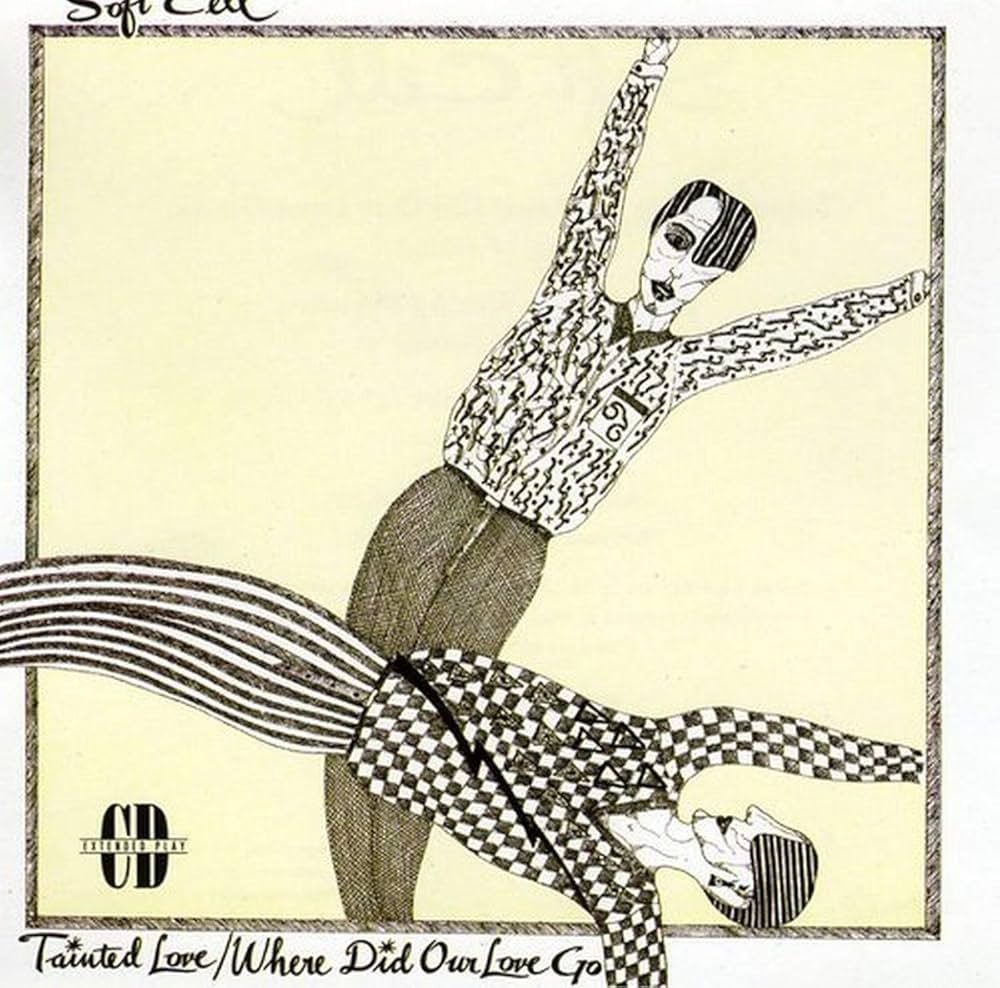
Sometimes the best way to honor a song is to completely reimagine it. Soft Cell took Gloria Jones’ soulful 1964 original – “Tainted Love” and stripped it down to Moog Prodigy synthesizer bones, creating something that sounded like heartbreak transmitted through early digital delays.
This minimalist approach using Dave Ball’s sequence programming became the template for Depeche Mode’s “Just Can’t Get Enough” and countless New Romantic productions. Marc Almond’s vocals carried emotional weight that entire orchestras used to handle.
11. Flashdance… What a Feeling – Irene Cara (1983)
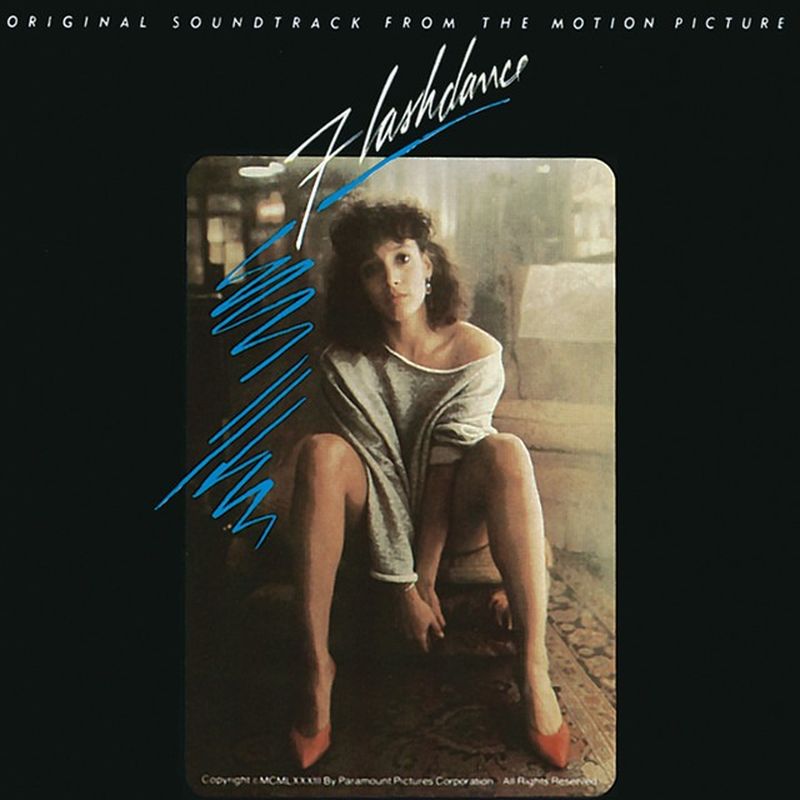
This isn’t just a movie theme – it’s pure liquid motivation powered by Giorgio Moroder’s Moog modular synthesis. Irene Cara’s vocals carry enough hope to power a small city, while Moroder’s pioneering use of the Fairlight CMI and LinnDrum created the template for modern dance-pop.
“Flashdance.. What a Feeling“s production techniques directly influenced Madonna’s “Holiday” sessions and established the sonic blueprint that would define mid-’80s pop. This wasn’t just an Academy Award winner – it was a production masterclass.
10. Another Brick in the Wall – Pink Floyd (1979/1980)
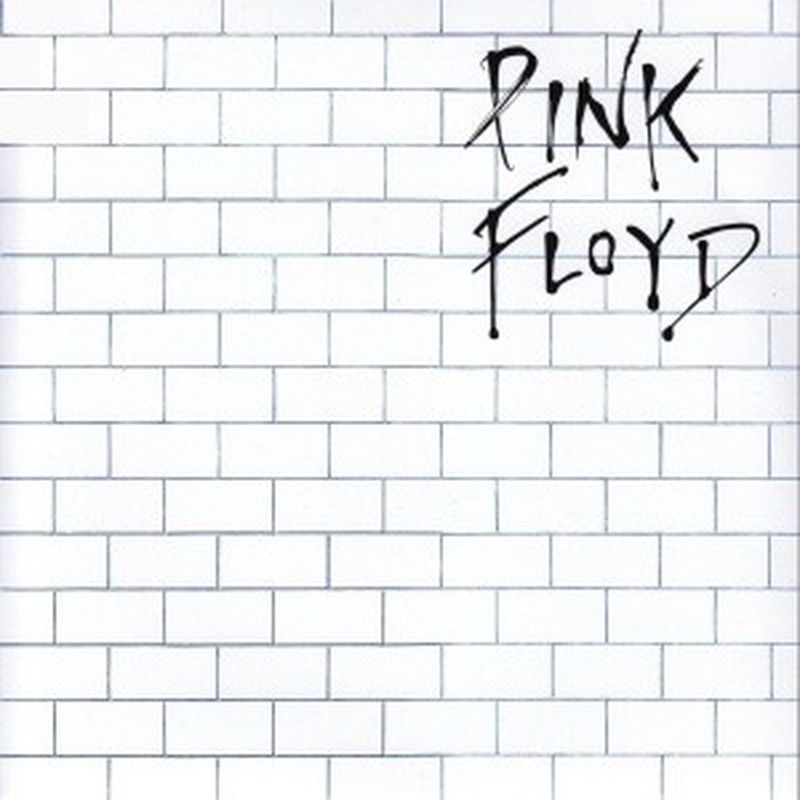
Pink Floyd took the most rebellious phrase in rock history and made it a sing-along. “We don’t need no education” became more than lyrics – it became a generational battle cry that schools actually banned, proving the point entirely.
The children’s choir wasn’t just a production trick; it was sonic irony powered by 24-track tape machines and Bob Ezrin’s cathedral-like reverb. This arrangement on “Another Brick in the Wall” directly influenced everything from Depeche Mode’s use of choirs to modern EDM’s vocal manipulation techniques.
9. Ghostbusters – Ray Parker Jr. (1984)
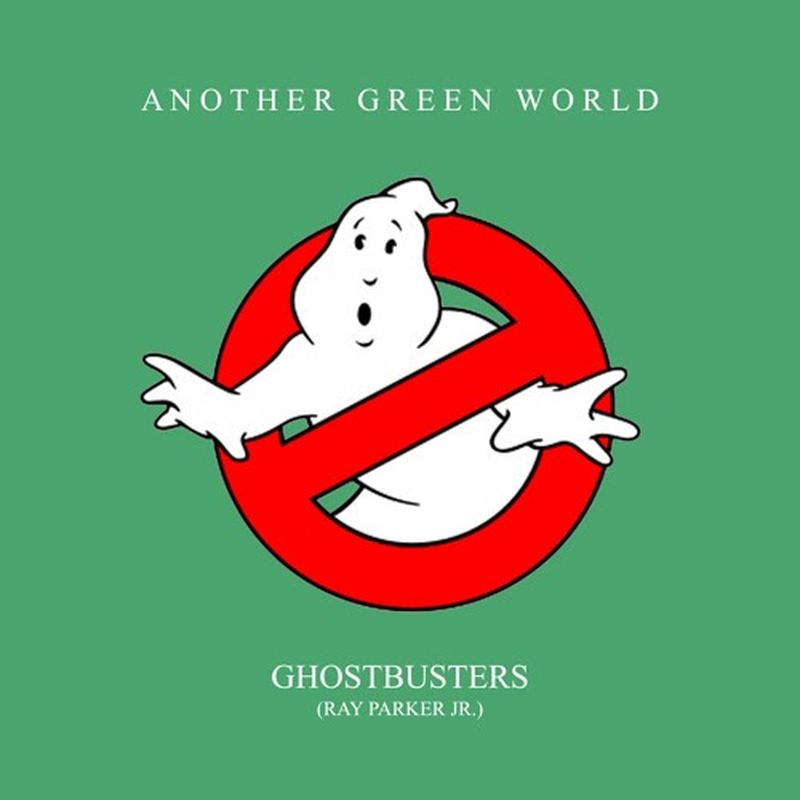
Ray Parker Jr.’s “Who You Gonna Call” created the rare movie theme that transcended its source material. “Who you gonna call?” became more than a hook – it became a cultural shorthand for solving impossible problems with style and humor.
The track’s success proved that movie marketing and genuine musical craftsmanship weren’t mutually exclusive. Parker managed to capture the film’s spirit while creating something that worked perfectly on radio, proving that commercial doesn’t automatically mean compromised.
8. St. Elmo’s Fire (Man in Motion) – John Parr (1985)
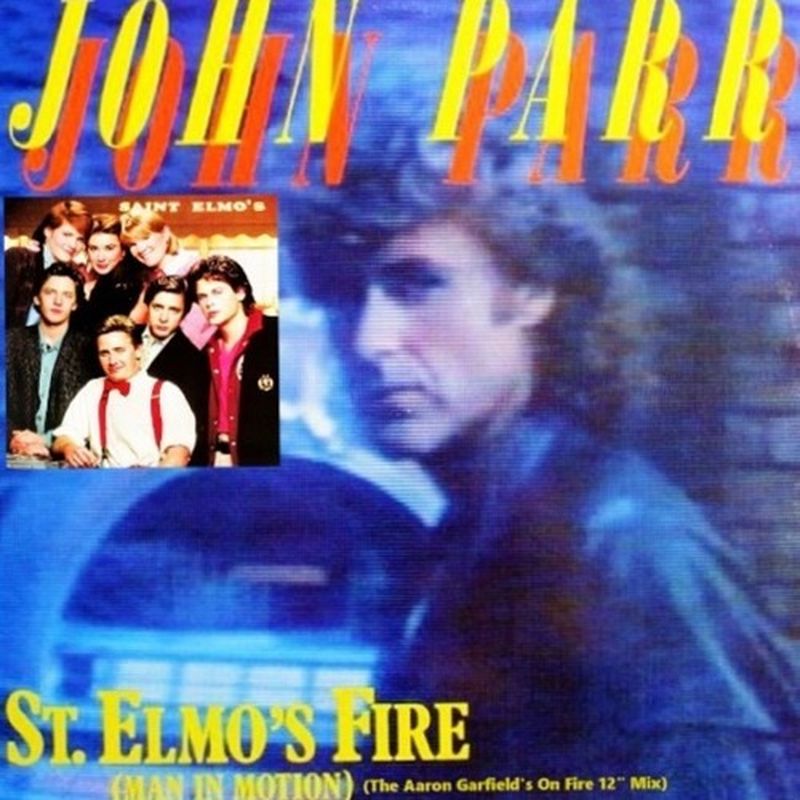
In St Elmo’s Fire (Man in Motion), John Parr channeled Rick Hansen’s inspirational Man in Motion tour into pure sonic motivation. The anthemic chorus and uplifting production created a template for inspirational rock that still powers movie trailers and workout playlists.
The song’s connection to both the film and Hansen’s disability awareness campaign gave it emotional weight beyond typical soundtrack fare. Parr crafted something that genuinely inspired while delivering the commercial goods – rare alchemy in any era.
7. She’s a Maniac – Michael Sembello (1983)
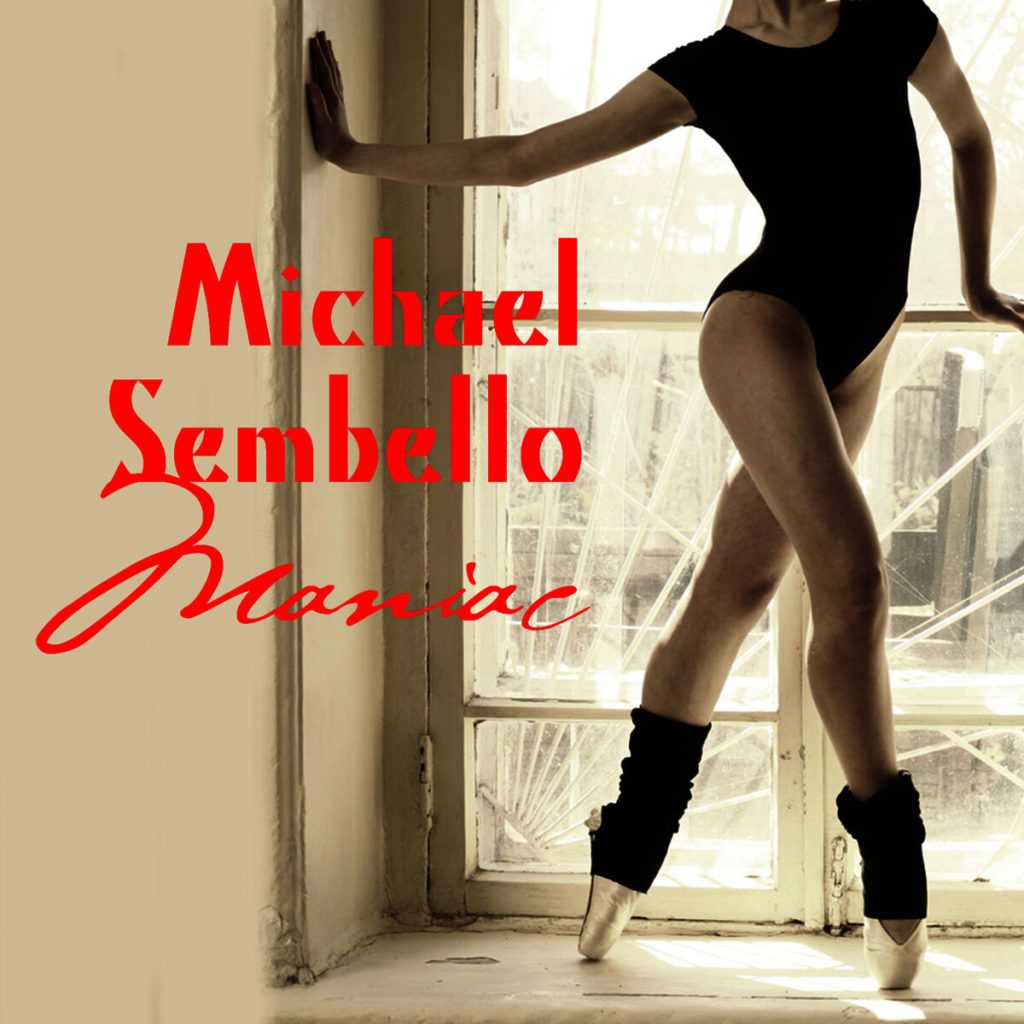
Before “Flashdance,” “She’s a Maniac” was just another song. After the movie, it became the soundtrack to America’s fitness obsession. Sembello’s synthesizer-driven anthem captured the exact moment when working out became entertainment and entertainment became work.
The track’s pulsating rhythm matched the era’s cocaine-fueled energy perfectly. It wasn’t subtle, sophisticated, or particularly deep – but it moved bodies and sold gym memberships, which was exactly what 1983 needed.
6. West End Girls – Pet Shop Boys (1985)
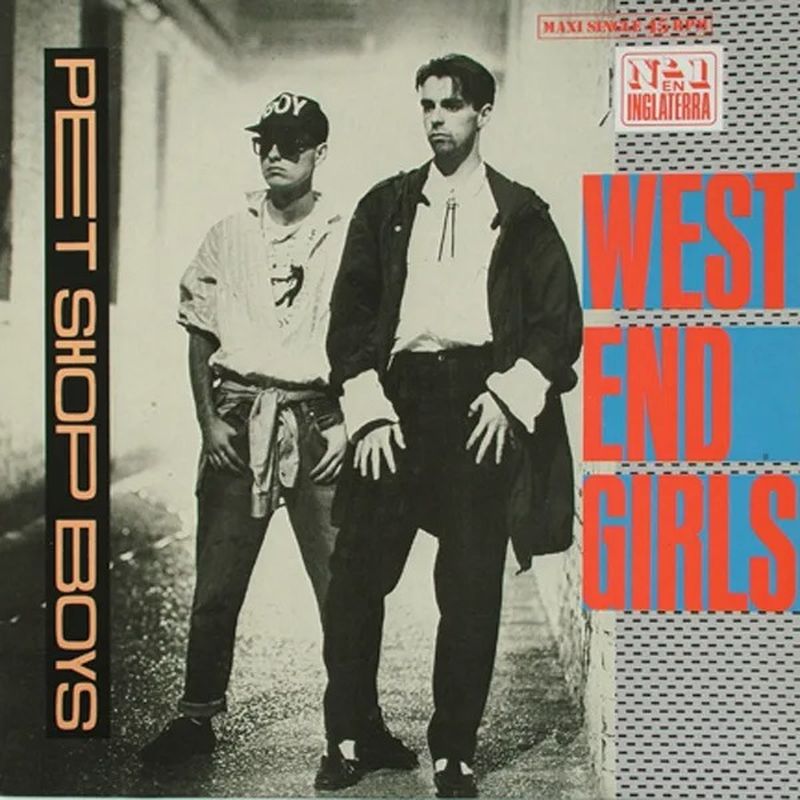
The Pet Shop Boys’s “West End Girls” combined Roland TR-909 drum machine patterns with British wit, creating intellectual dance music that actually worked on dancefloors. Producer Stephen Hague’s use of the Emulator II and DX7 established production techniques that would later influence everything from house music to Britpop.
This debut single proved that electronic music could be both cerebrally satisfying and physically irresistible. The track’s sophisticated sequencing and clever arrangement became the template for intelligent dance music decades before IDM existed.
5. Rock With You – Michael Jackson (Late 1979/1980)
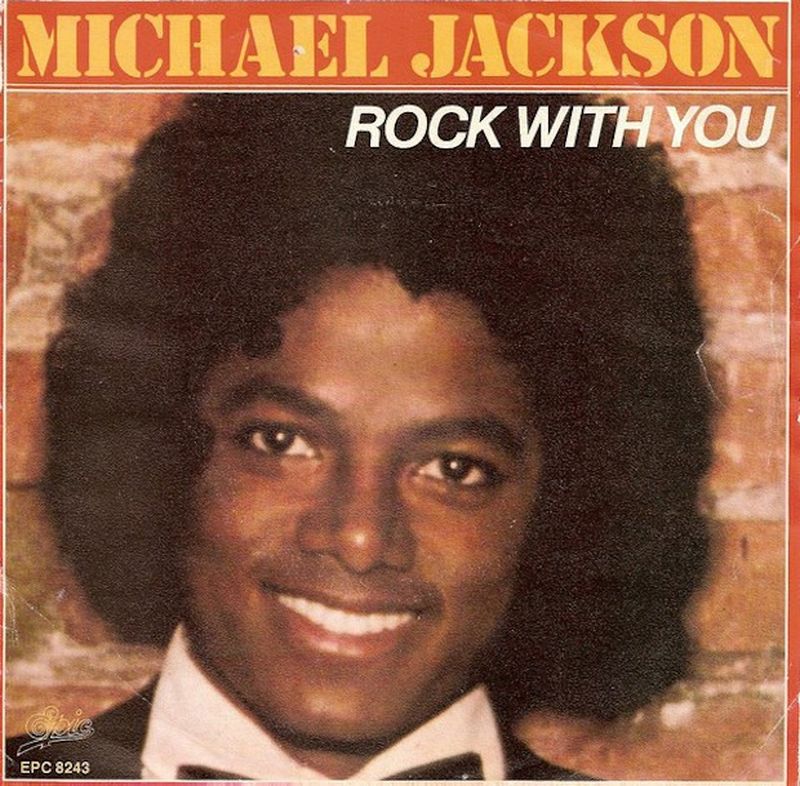
Picture this: disco’s final breath meeting pop’s first heartbeat. Jackson’s “Rock With You” didn’t just bridge eras – it rewrote the rulebook entirely. Quincy Jones’ production deployed early Fairlight CMI samples and ARP Odyssey synthesizers to create sonic textures that still sound expensive today.
The track’s genius lies in its restraint. While other artists drowned in orchestral excess, Jackson chose electronic precision. Those synthesized strings and drum programming laid the foundation for everything from Prince’s Minneapolis sound to modern pop production.
4. Nothing’s Gonna Change My Love for You – Glenn Medeiros (1987)
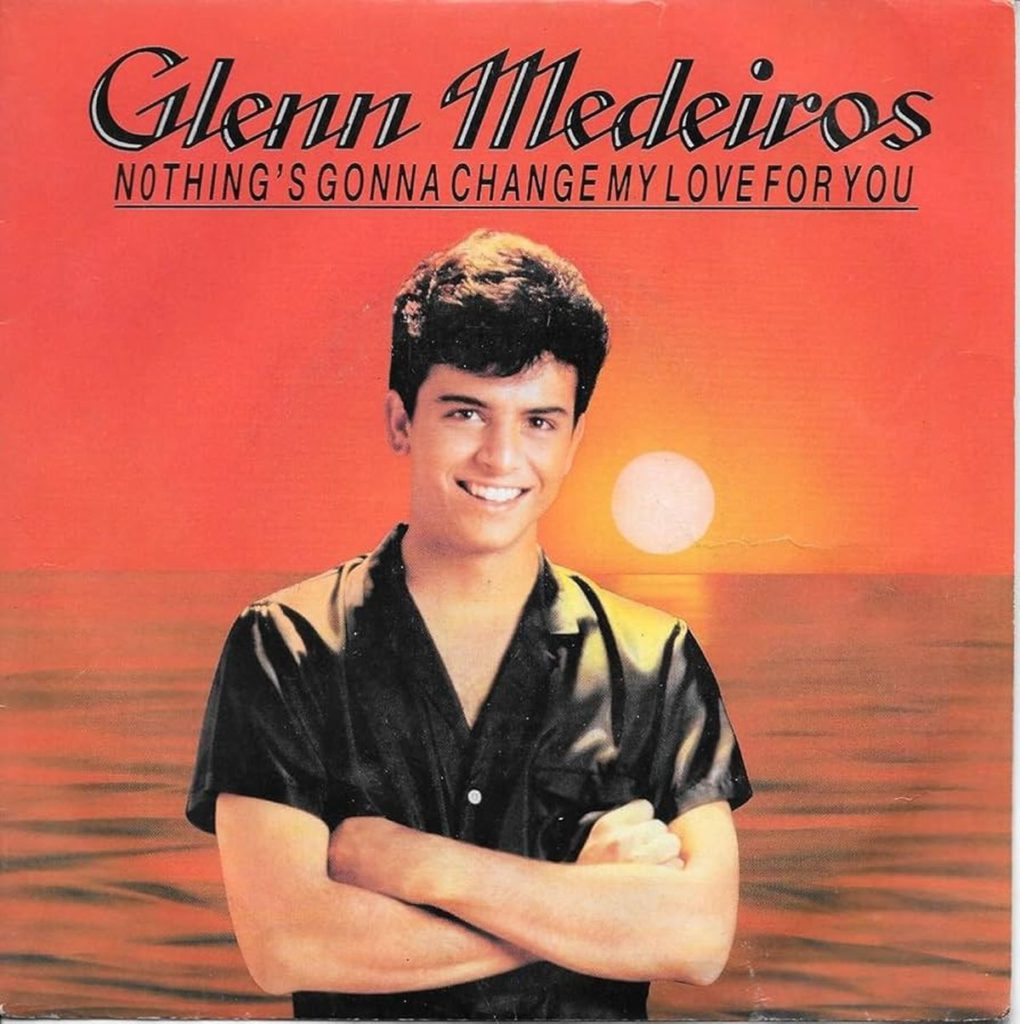
Glenn Medeiros took a relatively unknown George Benson track and transformed “Nothing’s Gonna Chane My Love For You” into a global romantic standard. His gentle interpretation and the song’s universal message of unwavering love struck a chord across cultures and continents.
The track’s massive international success, particularly in Asia and Europe, demonstrated that heartfelt pop could transcend language barriers. Medeiros created a wedding playlist staple that continues to soundtrack love stories worldwide.
3. Don’t You Want Me – The Human League (1981)

With “Don’t you want me“, the Human League engineered the perfect synth-pop blueprint using Roland Jupiter-4 and TR-808 drum machines. Male and female vocals trading verses over crystalline electronics – it sounds simple until you realize this arrangement directly influenced Eurythmics’ “Sweet Dreams” and countless freestyle productions.
Producer Martin Rushent’s use of the Fairlight CMI created sonic textures that were simultaneously cold and catchy. This digital precision helped legitimize electronic music for mainstream audiences who previously thought “real” music required organic instruments.
2. You Are Always on My Mind – Willie Nelson (1982)

Willie Nelson’s version of “You Were Always on My Mind” transformed a good song into an essential one. His understated vocal delivery and gentle country arrangement brought new emotional depth to lyrics that could have felt generic in other hands.
Those three Grammy Awards weren’t just industry recognition – they were acknowledgment that Nelson had created something that crossed genre boundaries while honoring country music’s storytelling traditions. The performance feels both intimate and universal.
1. Suddenly – Billy Ocean (1984)

Billy Ocean’s “Suddenly” represents everything the 1980s did right with ballads. His soulful vocals bring warmth to pop production that could have felt sterile in lesser hands. The arrangement balances sophistication with accessibility perfectly.
This track showcased Ocean’s ability to blend contemporary pop with classic soul influences. The result was a love song that felt both timeless and completely of its moment – a rare achievement in any decade. While chart-toppers dominated radio, plenty of overlooked gems from the 1980s blended innovation with emotion, shaping the decade’s legacy far beyond the top 40.




